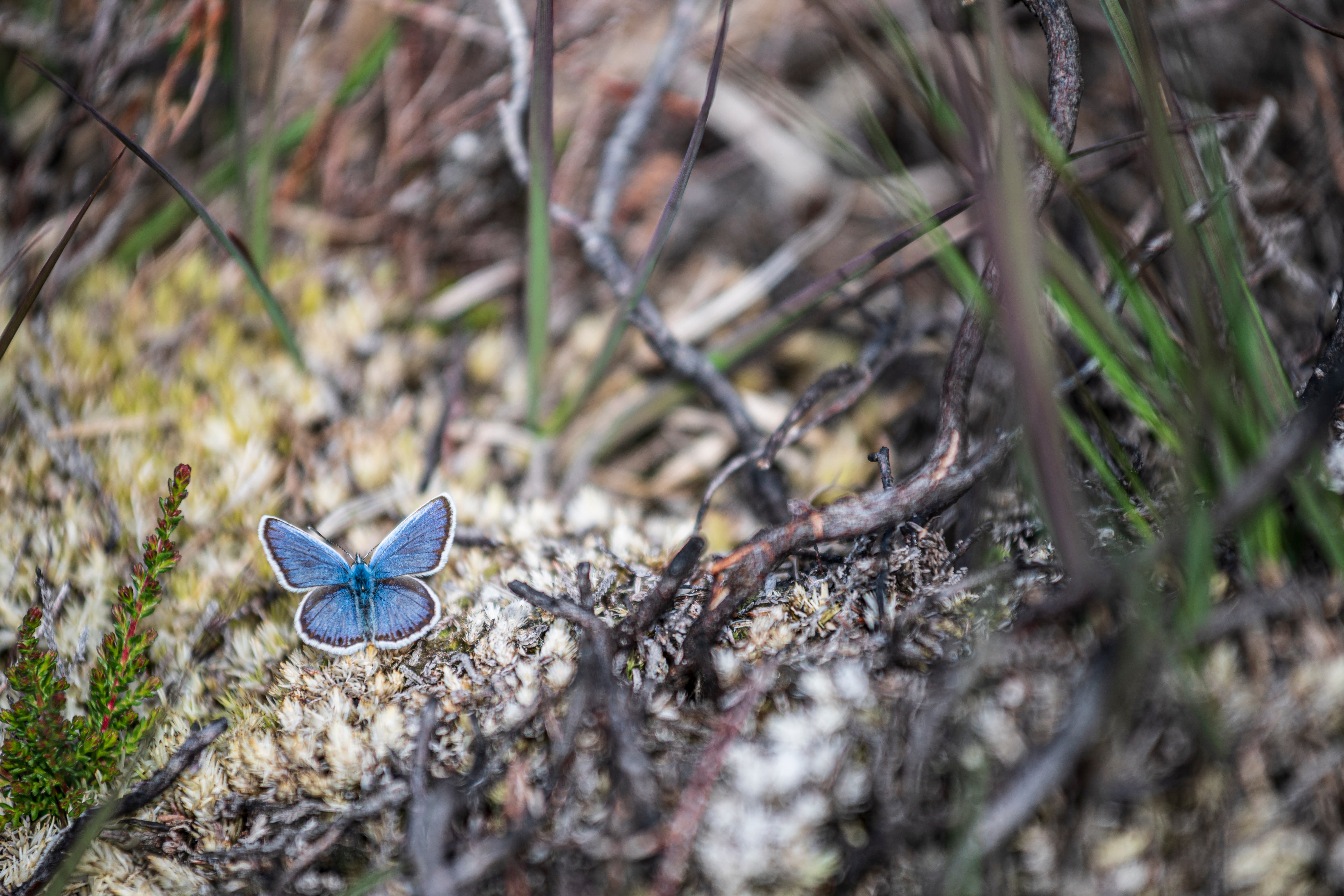Silver-studded blues at Dorset nature reserve buck bad year for butterflies
The National Trust reveals record numbers of silver-studded blue butterflies this summer at Studland heaths.

Silver-studded blue butterflies at one nature reserve have bucked the trend of a terrible summer for the insects, as numbers soared to record highs.
The National Trust said populations of the silver-studded blue at Studland heaths in Dorset, which the charity cares for, had seen a bumper year.
During counts on the peninsula, the team recorded 1,714 and 430 silver-studded blues along two transects, the highest ever recorded at either site.
The transect featuring 1,714 butterflies was the highest result since monitoring began, while the second transect’s 430 silver-studded blues was a 2,047% increase from the first recorded numbers in 1976 when 21 butterflies were counted.
Nationally, increases in abundance of silver-studded blue butterflies have been 45% since the 1970s, while the species’ distribution has fallen significantly, figures show.
The National Trust said the positive results were all the more significant in what has been a difficult year for butterflies in the UK, thanks to a cold, wet spring and cool summer, on top of long-term declines.
Butterfly expert Dr Martin Warren, who has been counting butterflies at Studland as a volunteer for the past four years, said: “These figures really are something to celebrate, at a time when many butterflies aren’t faring well at all.
“The success is a testament to the work the team have been doing to manage the heathland in a way that creates the complex mosaic of different vegetation and bare ground that the silver-studded blues love.
“Through this work, the Studland heath has become larger and better connected, creating a habitat where not only the silver-studded blues, but also other wildlife can thrive.”
He added: “The other factor that makes this such a special site is the clean air next to the sea and the low levels of nitrogen pollution that affect other heathlands.
“Heathlands thrive on poor soils and any extra nutrients can harm the delicate vegetation and ants on which the butterfly depends.”
The National Trust said part of the heathland management includes the maintenance of short vegetation, providing warm conditions for the black meadow ants that protect the butterfly larvae.
Areas of short vegetation include the long network of mown tracks across the heath to create fire breaks, with access by walkers, cyclists and horse riders managed to maintain the paths without disturbing wildlife.
Lead ecologist for the National Trust’s Purbeck Estate, David Brown, said: “It’s easy to think that wildlife conservation and providing access for visitors is inherently at odds with each other.
“What we are seeing at Studland is a great example that this does not need to be the case.
“There are access tracks that go through the main silver-studded blue areas, and it could be that the effect of visitors trampling keeping the vegetation low and creating patches of bare ground along paths actually helps create the conditions the butterflies – and the ants they depend upon – need.”
Bookmark popover
Removed from bookmarks